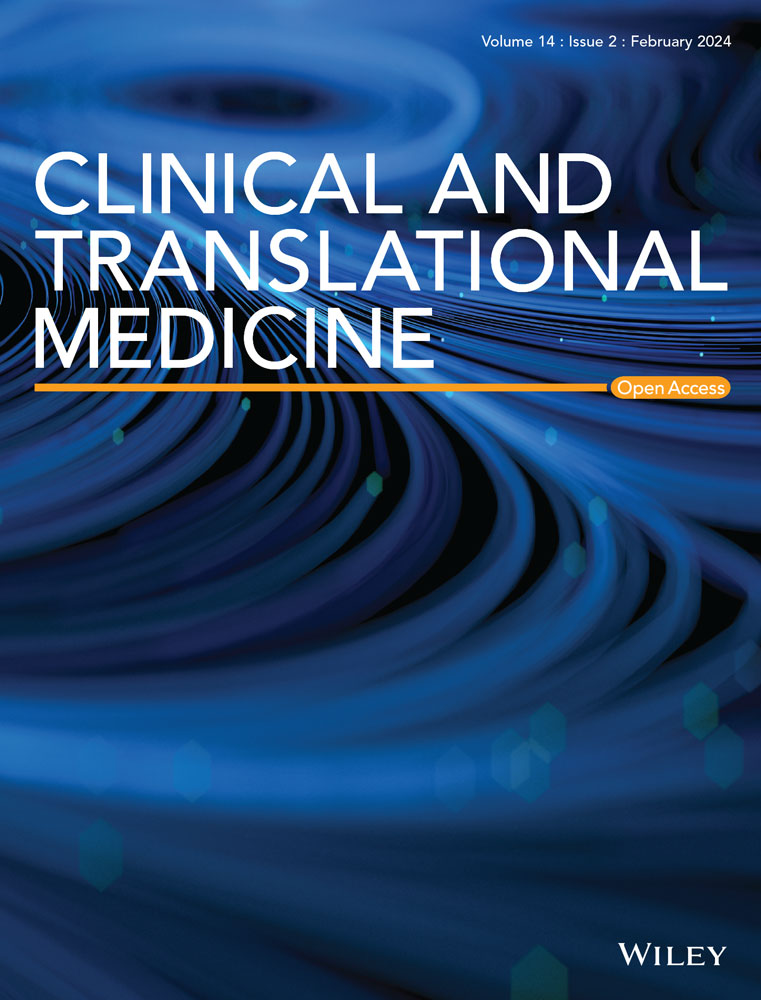Distinct molecular subtypes of KRASG12C-mutant lung adenocarcinoma: Insights into clinical outcomes, tumour microenvironments and therapeutic strategies
Abstract
Background
KRASG12C is the most common KRAS mutation in lung adenocarcinoma (LUAD), yet clinical responses to KRASG12C-selective inhibitors (G12Ci) and immunotherapy remain variable.
Methods
Transcriptomic analysis of KRASG12C-mutant LUAD was performed using machine learning algorithms to classify molecular subtypes. Subtype-specific features, including genomic alterations, tumour microenvironment and therapeutic vulnerabilities, were systematically evaluated.
Results
We identified three distinct molecular subtypes (KC1, KC2 and KC3) of KRASG12C-mutant LUAD through transcriptomic analysis using machine learning algorithms. KC1 subtype is characterised by a neuroendocrine phenotype associated with SMARCA4 loss-of-function and frequent STK11 co-mutations, with a relatively good prognosis. It exhibits poor immune infiltration and demonstrates resistance to G12Ci and immunotherapy but shows sensitivity to MEK1/2 inhibitors; KC2 subtype exhibits a highly malignant phenotype with high proliferation, increased glucose metabolism, and the poorest prognosis. It is enriched with T-cell infiltration and responds best to G12Ci monotherapy and immunotherapy. KC3 subtype is distinguished by well differentiation and the best survival, with an immune-enriched microenvironment featuring abundant immune-suppressive cancer-associated fibroblasts. It demonstrates limited sensitivity to G12Ci and a moderate response to immunotherapy. Notably, KC1‒3 subtype-specific molecular signatures predict drug sensitivity more accurately than classical KRASG12C signalling models.
Conclusions
These findings illuminate the intricate interplay between tumour subtypes, microenvironmental factors and therapeutic responses, offering a robust framework for improved patient stratification and the development of personalised therapeutic strategies KRASG12C-mutant LUAD.
Key points
- Three novel molecular subtypes (KC1, KC2 and KC3) of KRASG12C-mutant lung adenocarcinoma were identified, each with distinct molecular and clinical characteristics.
- These subtypes demonstrate differential responses to both KRASG12C targeted therapy and immunotherapy, influencing treatment outcomes.
- This new classification system enables biomarker-guided combination therapies and informs future clinical trial design for these cancers.


 求助内容:
求助内容: 应助结果提醒方式:
应助结果提醒方式:


